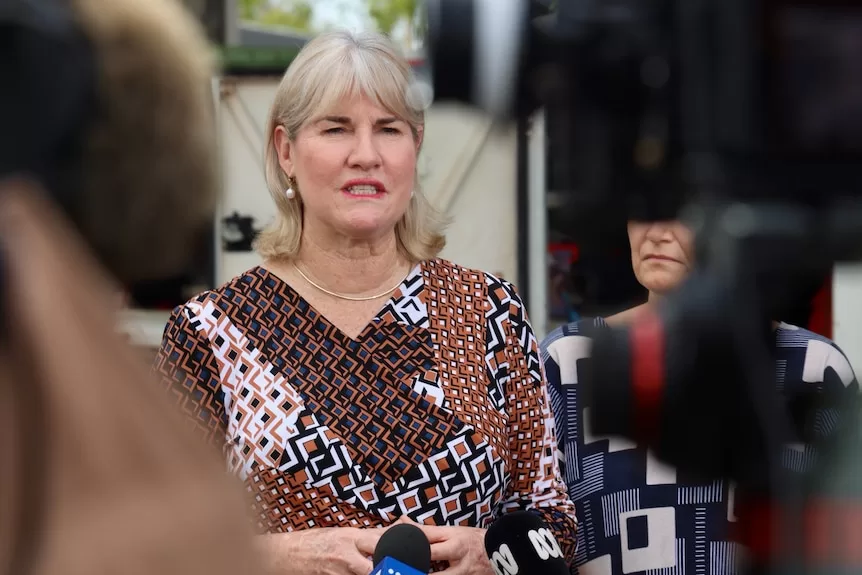- In short: A comprehensive review of the Northern Territory’s secondary education system has been released.
- The NT government has agreed to a recommendation to phase out middle schools in favour of more secondary schools.
- What’s next? Funding negotiations with the federal government are ongoing.
The Northern Territory government has promised to gradually phase out middle schools in response to a sweeping review of the territory’s secondary school system.
The review into secondary education in the NT, produced with Deloitte Access Economics, delivered 15 recommendations aimed at improving public education.
Among them was a direction to eventually scrap middle schools in Darwin and Alice Springs and replace them with secondary schools teaching years 7 to 12.
Chief Minister Eva Lawler said the vision was in the early stages of planning and would require federal funding and consultation with local school communities.
“It might be that some of those schools … may have more of a focus on technology, for example, or one may have a more of a focus on our trades,” she said.
The education department’s chief executive Karen Weston said evidence showed students were more likely to finish Year 12 if they didn’t have to adjust to a new school after completing Year 9.
“Some of the concerns for us is that the transition from middle to secondary means that some students don’t go on to senior secondary,” she said.
“We’re really keen to try and hold on to all of our students.”
Ms Weston also said the NT government intended to open boarding schools in regional towns such as Nhulunbuy, Katherine and Tennant Creek to allow remote students greater access to secondary education.
“We do know of some of the stories when students come back [from boarding schools interstate], then they disengage from education,” she said.
“So the secondary review is about giving parents and students a choice now, to stay in the territory.”
Funding ‘disadvantaged’ schools, minister says
The territory’s education funding system has come under fire in recent months, with the ABC revealing last year that schools in remote communities were missing out on as much as $3.4 million per year due to an outdated funding model.
The NT’s effective enrolment funding method distributes funding based primarily on attendance rather than enrolment figures, leaving some of the territory’s most disadvantaged schools with funding for less than half of their enrolled students.
NT Education Minister Mark Monaghan conceded the funding model — set to continue until 2025 — had left some students worse off.
“Have our schools been disadvantaged? My answer is yes, they have been,” he said.
“But we have committed … to increase our budgets every year in education.”
Australian Education Union NT branch president Michelle Ayres said she welcomed the review’s findings.
“The union has held a position since 2019 that middle schooling is not really fit for purpose,” she said.
While Ms Ayres said it was “refreshing” the NT government had conceded its school funding model wasn’t working, she said an ongoing teacher shortage had left many teachers feeling “burnt out”.
“Funding is at the core of pretty much every single one of these conversations that we’re having,” she said.
“In order to solve the teacher shortage, we need to be keeping teachers in the territory, and in order to be doing that we need to fix the workload issue.”
Mr Monaghan said funding negotiations with federal Education Minister Jason Clare were ongoing.
